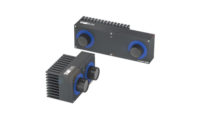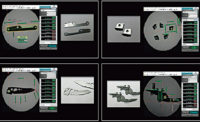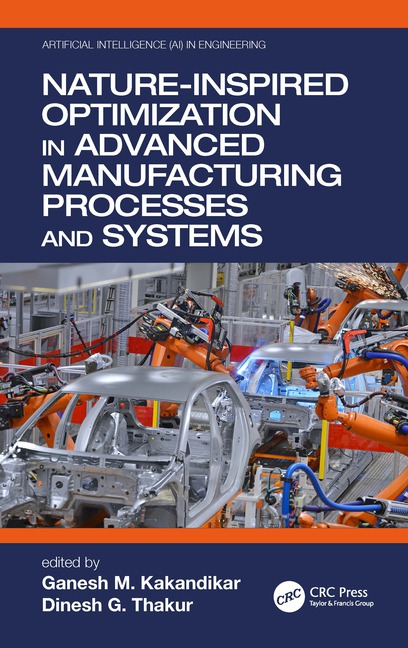NEWCASTLE UPON TYNE, U.K.—Engineers at Newcastle University here are studying how the 3D vision used by praying mantises could lead to simpler visual processing systems in robots. They recently equipped insects with miniature glasses that were temporarily glued on with beeswax.
“Humans are not the only animals that have stereo vision,” says Ghaith Tarawneh, Ph.D., an electrical and electronic engineering professor who has been working on the project with his colleagues at the school’s institute of neuroscience. “Other animals include monkeys, cats, horses, owls and toads, but the only insect known to have stereo vision is the praying mantis. [Their] vision works differently from all previously known forms of biological 3D vision.
“Humans are incredibly good at seeing 3D in still images,” explains Tarawneh. “We do this by matching up the details of the picture seen in each eye.
“However, mantises only attack moving prey, so their 3D doesn’t need to work in still images,” adds Tarawneh. “[They] don’t bother about the details of the picture, but just look for places where the picture is changing.
“Many robots use stereo vision to help them navigate, but this is usually based on complex human stereo,” Tarawneh points out. “Since insect brains are so tiny, their form of stereo vision can’t require much computer processing. This means it could find useful applications in low-power autonomous robots.”
As part of the R&D effort, a Newcastle University engineering student also developed an electronic mantis arm that mimics the distinct striking action of the insect.





